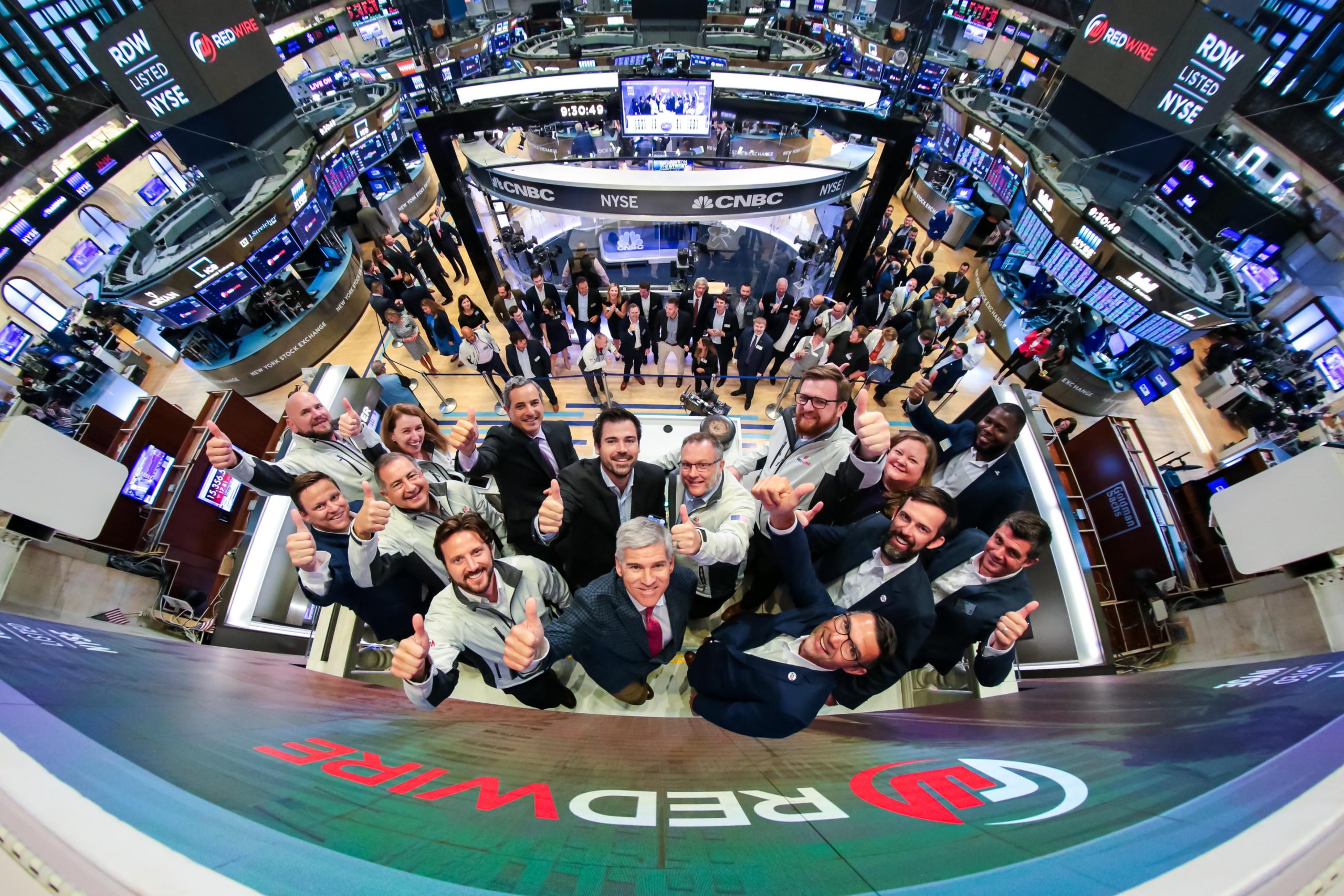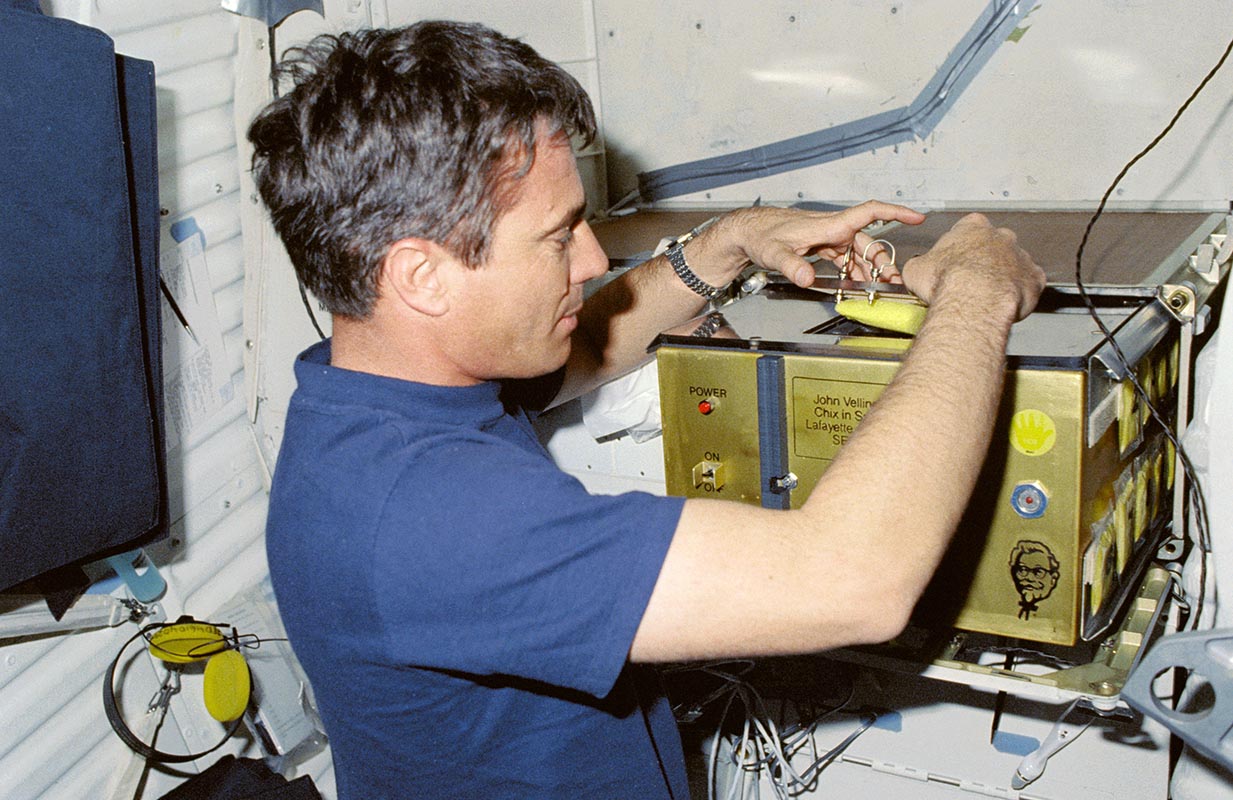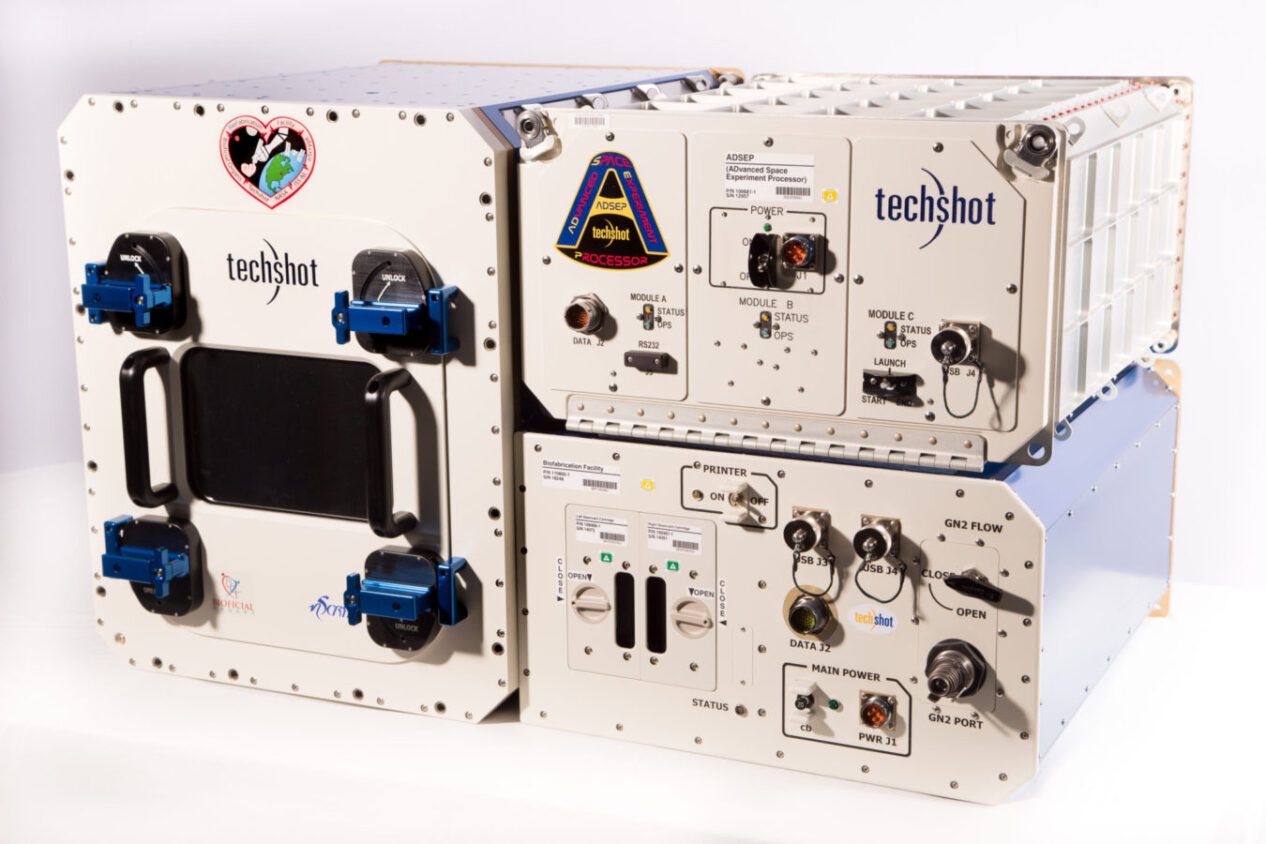Space technology company Redwire has acquired Techshot, a commercial operator of microgravity manufacturing equipment, in a move designed to broaden the commercialization of in-space fabrication. Techshot devices have flown aboard parabolic-flight aircraft, sub-orbital rockets, space shuttles, SpaceX’s Dragon, and are currently in use at the International Space Station (ISS), serving research efforts like bioprinting tissue in microgravity. In an era when commercial companies compete to do in space what was once only possible by sovereign nations, Techshot’s team and proven technologies will help Redwire develop cutting-edge systems for future space exploration missions.
Although the financial details of this latest transaction have yet to be disclosed, the purchase marks yet another addition to Redwire’s space infrastructure portfolio and the fifth acquisition since its foundation in June 2020. The news also follows Redwire’s recent public listing on the New York Stock Exchange (NYSE) following a merger deal with blank-check firm Genesis Park. With Redwire now valued at over $620 million, it has become one of the fastest-growing space startups in recent history.
Commenting on the deal, Redwire CEO and Chairman Peter Cannito, said “Techshot’s space bioprinting and other proven biotech solutions in microgravity are some of the most consequential innovations in low Earth orbit (LEO) with life-saving benefits on and off our home planet.” A veteran in the defense, technology, and government services industries, Cannito described the acquisition as a “giant leap forward in our vision of people living and working in space for the benefit of the terrestrial economy.”

In September 2021, Redwire went public on the NYSE, and the team got to ring the opening bell. Image courtesy of Redwire via Twitter.
Since being founded by John Vellinger and Mark Deuser in 1988, Techshot has been at the forefront of biological and physical-science research in space. However, the story behind this high-tech business started 40 years ago, when 12-year old Vellinger built a space-based incubator concept to care for growing chicken embryos as part of a NASA-sponsored science fair competition. The project took the top prize, but more importantly, it caught NASA’s attention. A few years later, sponsored by Kentucky Fried Chicken, Vellinger and Deuser worked together on a flight-qualified incubator dubbed “Chix in Space.” The system was launched to orbit in March 1989 aboard space shuttle Discovery, used to incubate 32 growing chicken embryos in the microgravity environment of space.

NASA astronaut John Blaha operates the “Chix in Space” experiment in orbit. Image courtesy of NASA/Purdue University.
Today, after nearly three decades of developing custom solutions for a broad spectrum of industries, Techshot has 50 team members and a 22,000 square foot facility in Greenville, Indiana, for manufacturing, assembling, and testing components and systems. Throughout its history, it has been the recipient of over 100 research grants from NASA, the Department of Defense, and other government agencies, which has aided the creation of more than a dozen payloads, four of which are currently operating on the ISS.
The company’s key products include the 3D BioFabrication Facility, or BFF, which was launched in December 2019 and is the first US-built system capable of manufacturing human tissue in microgravity; and the Multi-use Variable-Gravity Platform, containing a set of centrifuges for in-space biological and physical-science research. Additionally, Techsot has deployed the Advanced Space Experiment Processor, a multipurpose device for biological study and small-scale manufacturing in space, and the Bone Densitometer, an in-orbit X-ray machine chiefly used by Techshot customers to research new treatments for osteoporosis and muscle wasting diseases.
But that’s not all. Techshot’s development pipeline also includes a new payload for 3D printing metal and electronic components called FabLab, and devices for manufacturing pharmaceuticals and large quantities of human cells for bioprinting and cell therapies. Beyond operating its own devices, Techshot also manages research in NASA’s space station furnaces, used for conducting materials research, and the Advanced Plant Habitat (APH), a fully automated plant growth facility for conducting plant bioscience research in orbit.
Vellinger considers that as part of Redwire, Techshot will now have more resources to accelerate the development of its new space biomedical technologies.
“Redwire leadership shares the same passion for the pursuit of innovation in space that we do. I will still lead the Techshot location of Redwire, and I can’t wait to get started inventing the future with my new colleagues.”
With so many innovations underway for Techshot, the acquisition aligns with Redwire’s growth strategy to leverage investments for scaling in-space manufacturing in LEO for future, sustainable human spaceflight. Furthermore, following its NYSE debut in September 2021, Redwire announced plans to partner with Blue Origin, Sierra Space, and Boeing to develop a commercial space station that will be outfitted with advanced manufacturing capabilities. Now, thanks to the incorporation of Techshot, it will also include bioprinting of human tissue and organs for therapeutical applications.
Subscribe to Our Email Newsletter
Stay up-to-date on all the latest news from the 3D printing industry and receive information and offers from third party vendors.
Print Services
Upload your 3D Models and get them printed quickly and efficiently.
You May Also Like
3D Printing News Briefs, July 2, 2025: Copper Alloys, Defense Manufacturing, & More
We’re starting off with metals in today’s 3D Printing News Briefs, as Farsoon has unveiled a large-scale AM solution for copper alloys, and Meltio used its wire-laser metal solution to...
3DPOD 260: John Hart on VulcanForms, MIT, Desktop Metal and More
John Hart is a Professor at MIT; he´s also the director of the Laboratory for Manufacturing and Productivity as well as the director of the Center for Advanced Production Technologies....
3D Printing News Briefs, June 28, 2025: Defense Accelerator, Surgical Models, & More
In this weekend’s 3D Printing News Briefs, 3YOURMIND was selected to join an EU Defense Accelerator, and PTC has announced model-based definition (MBD) capabilities within Onshape. Finally, a study out...
EOS in India: AM’s Rising Star
EOS is doubling down on India. With a growing base of aerospace startups, new government policies, and a massive engineering workforce, India is quickly becoming one of the most important...


































